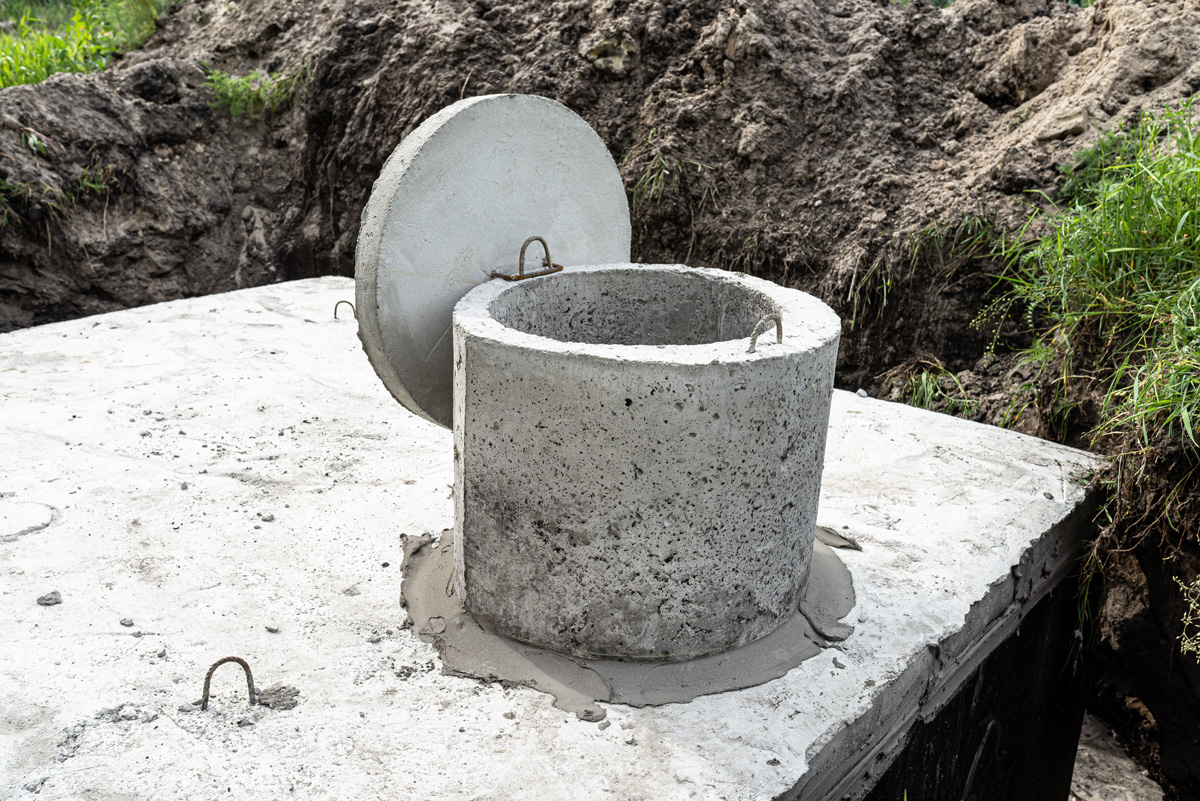All homeowners should know the exact location of their septic tank. This knowledge can help you to avoid costly repairs. Use our guide below to accurately locate your septic tank.
The Importance Of Knowing Your Septic Tank’s Location
Knowing the exact location of your septic tank can save you both time and money in the long run. If you are currently experiencing issues with the septic system, locating the tank will help you determine the cause of the problem.
Additionally, understanding the location of the tank can help you avoid damaging it. For example, if you are planning to install a new patio, driveway, or other landscaping features, you’ll want to ensure you are not digging in the area where the tank is located. This can cause severe damage to the tank and surrounding pipes.
How To Locate Your Septic Tank
County health departments will issue permits and inspect septic systems as they are getting installed. If your septic system has been installed in the last 20 years, you may be able to find a drawing of the layout of the system affixed to the original permit.
You can request for a permit search from Maricopa County Environmental Services by submitting their form. A- American Septic Service can help you with filing out the form, at no charge. Or if you like, A- American Septic Service can submit the request for you, for a fee.
Use one of these four methods to find the septic tank on your property.
1. Check Your Property Blueprint
If you possess a copy of your property’s blueprint, it’s possible you’ll be able to find your septic tank included in the plan. The blueprint should show the location of your septic tank, drain field, and sewer line. If, for example, you do not have a copy of the blueprint, you may be able to obtain a copy from your local government office or your homebuilder.
On the blueprint, find a symbol or notation that indicates the septic tank’s location. The blueprint could also provide exact measurements to help you determine the distance between the tank and your home. Of course, the location on the blueprint may not be exact, so you may have to use other methods to find its location.
2. Find The Sewer Line
Finding and following your sewer line is another good way to locate the septic tank. The sewer line will run from your home’s plumbing system to the septic tank, so by finding the line, you’ll be able to determine the general area where the tank will be.
In order to properly locate the sewer line, begin by looking for the cleanout access point, which is typically a small, round cap found near the main sewer line. Once you’ve found this access point, you can follow the sewer line to the septic tank. Signs of soil disturbance could indicate the tank’s location.
3. Use A Septic Tank Finder Tool
If either method is unsuccessful, you may consider enlisting the help of a septic tank finder tool. These tools use a radio signal to ultimately find the tank underground.
Typically, these tools are easy to use and can save homeowners a lot of time and effort. To use the tool, insert the probe into the ground at various areas around the property. The tool will then emit a signal when the tank is detected. Follow the signal to the location of the tank. Marking the spot with a flag or stake could be helpful for the future.
4. Hiring A Professional Septic Service
It is possible that all these methods will fail. At this time, it’s best to call a professional septic service. The professionals will use specialized equipment to find your tank both quickly and accurately.
A septic service can help you determine the condition of the septic system and will recommend any needed repairs or maintenance. Contact the team at A-American Septic Service for more information!
A-American Septic Service In Phoenix, AZ
If you need septic tank pumping in Arizona, A-American Septic Service can help. To receive a free septic tank pumping quote call us at 602-455-3878.







